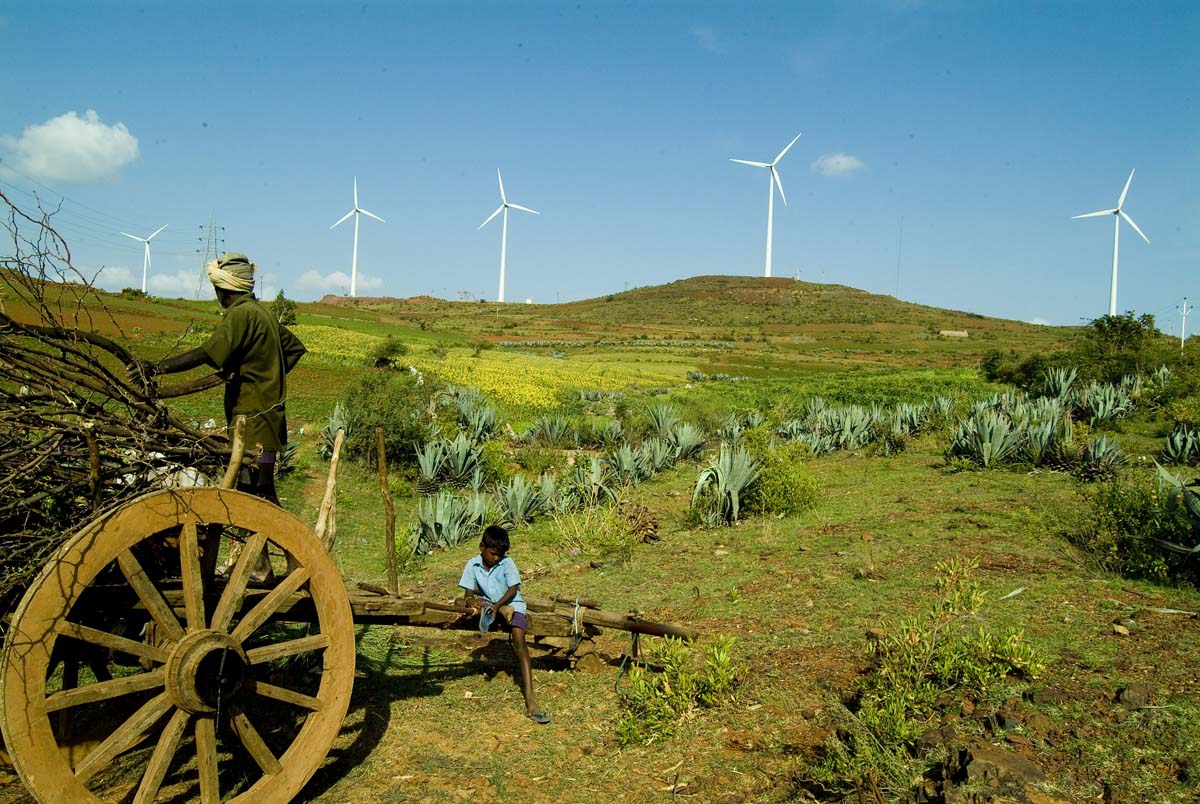
By Aniket Bhushan and Yiagadeesen Samy
Published: June 14, 2016
This article was published in the Ottawa Citizen on June 12, 2016.
Global Affairs Canada is asking Canadians to participate in an International Assistance Review, which will inform future foreign aid and development policy. This review comes more than 10 years since the last policy statement on the subject, which was released in 2005.
This is to be welcomed. It shows openness, leadership, and seriousness about both the challenges and opportunities for Canada’s international assistance, and how it can help achieve recently adopted sustainable development goals.
Most of the priorities under the Conservative government – future of children and youth, sustainable economic growth, advancing democracy and promoting stability and security – are identified as policy issues in a discussion paper that was recently released by Global Affairs.
But there’s new terminology: “clean” economic growth, “governance, pluralism, diversity and human rights” and “peace and security.” Continuity is not a bad thing, because the work that was started, for example on maternal and newborn child health, is unfinished.
So what is new?
The notable differences are in tone and tenor, and can be summed up in one word – rights. As in women’s and girls’ rights, human rights, sexual and reproductive rights — which shows up more than 40 times in the document — far more than even poverty or the poor. To its credit, the review notes that it will examine not only the “what” but also the “how” of international assistance.
This is also where key missed opportunities emerge.
While the lack of commitment to the target of offering 0.7 per cent of gross national income to foreign aid is explained as being “unrealistic in the current fiscal climate,” the fact that the discussion is left at that and not backed up with anything else – for instance, elaborating on the funding increases announced in the recent budget in March – is a failing.
The discussion paper also fails to reflect or leverage the amalgamated department; part of the rationale for amalgamating the Canadian International Development Agency with foreign affairs and trade was to drive synergies between the trade and development agendas. Little to nothing is mentioned about the role of trade and investment, and the private sector as a driver of sustainable development. Where the private sector is discussed, it is only a passing reference in a section ostensibly about “clean economic growth and climate change,” which talks mostly about climate and not economic development or growth.
Coherence between development, trade and diplomatic efforts only gets a mention at the end. Yet it is arguably one of the areas that clearly needs work. For example, Canadian aid and development policy actively supports export capacity development and promotes market access for several priority countries. At the same time, we collected more by way of import tariffs from the same countries than all the aid-for-trade we provide.
The issue of fragile states is talked about a lot, but in a very superficial way. There is no reflection of the lessons learned from the recent reviews the government itself sponsored, relating to Afghanistan and Haiti.
The discussion paper is great at outlining where we are, but a missed opportunity in framing where Canada can or should be going. It suggests that Canada is (yet again) not ready to really innovate. Ultimately, unless a discussion of resources backs the thinking behind the review, it will be perceived more as a branding exercise than one on policy and strategy.
Aniket Bhushan is an adjunct research professor at the Norman Paterson School of International Affairs.
Yiagadeesen Samy an associate professor at the Norman Paterson School of International Affairs.


Recent Comments